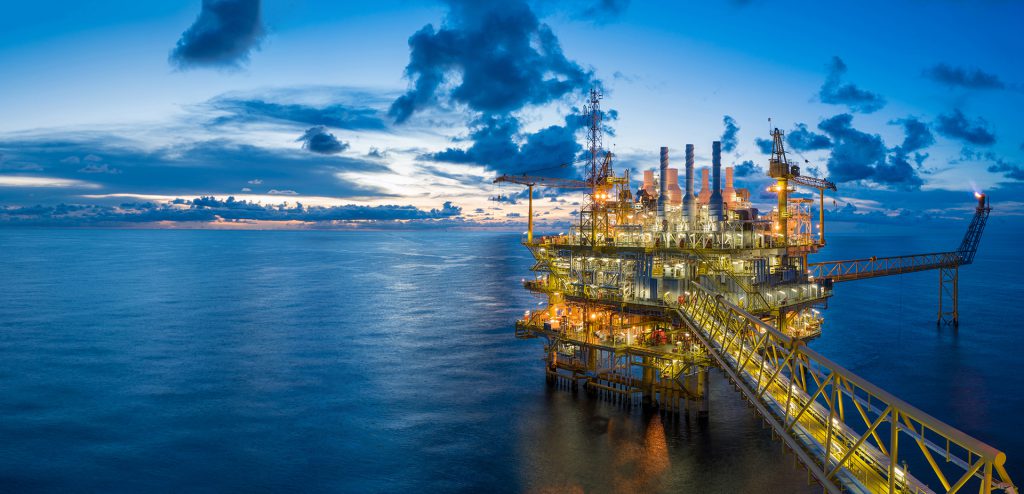The term duplex draws from the Latin word for two-fold, or double-folded. In metallurgical contexts, this refers to stainless steels with double-phase microstructures comprising equal parts austenite and ferrite – in nominal ratios of 50:50. Although originating almost a century ago, duplex stainless steels are still a relative novelty. Duplex stainless steel alloys occupy less than 1% of the global steel market, and much of this is dominated by a single grade: UNS S32205.
Despite the enduring prevalence of UNS S32205, it fails to compete with super duplex alternatives – such as UNS 32705 – in extremely challenging environments. In this blog post, we will look back at the history of different duplex grades to explore when UNS 32705 may be more applicable than its more popular precursor.
Duplex Stainless Steels: History of UNS S32205 & UNS 32705
Research and development (R&D) into the fabrication of stainless alloys with mixed crystallographic microstructures started yielding dividends in the early 1930s. However, due to immature metallurgical process techniques, these first successes were non-commercially viable. A metallurgical curiosity nonetheless, researchers pressed on and were rewarded by innovations from outside the field in the ‘60s and ‘70s. Vacuum processing technologies provided a solution to the decarburization problem, enabling manufacturers to reduce the carbon content of their mixed-phase alloys.
This directly led to the development of the universal duplex grade (UNS S32205) which provided exceptional mechanical stability in applications where aggressive corrosives were par for course. For almost 50 years, the duplex stainless steel grade UNS S32205 has been the most commonly used mixed-phase alloy in process equipment and offshore facilities.
There was little demand for a higher alloyed duplex stainless steel until the ‘80s when the oil and gas markets underwent a period of unparalleled fluctuation: the so-called oil glut. Increasing the alloying content of known anti-corrosives, such as chromium (Cr) and molybdenum (Mo), while maintaining the characteristic 50:50 microstructure enabled hydrocarbon exploration companies to drill deeper and in more challenging conditions than ever before. These higher alloyed stainless steels became known as super duplex grades.

UNS S32750 super duplex stainless steels boast greater strength over single-phase steels (austenitic or ferritic) and substantially improved corrosion resistance compared to duplex steels. As a result, UNS S32750 is still preferred for highly-corrosive environments where high strength is mandatory. We often prescribe UNS S32750 stainless grades for newer gas and oil fields, and for subsea hydrocarbon exploration due to the steel’s exceptional resistance to pitting corrosion in seawater.
Masteel: UNS 32750 Suppliers
Masteel is one of the UK’s foremost UNS 32750 suppliers, providing cost-effective solutions that meet the unique strength and corrosion-resistant requirements of every customer. If you would like to read more on this subject, we recommend our previous article in a series on the different families of stainless steel: What is Super Duplex Stainless Steel?
Or, if you have questions relating to an order of UNS 32750 super duplex stainless steel, simply contact a member of the Masteel team today.
